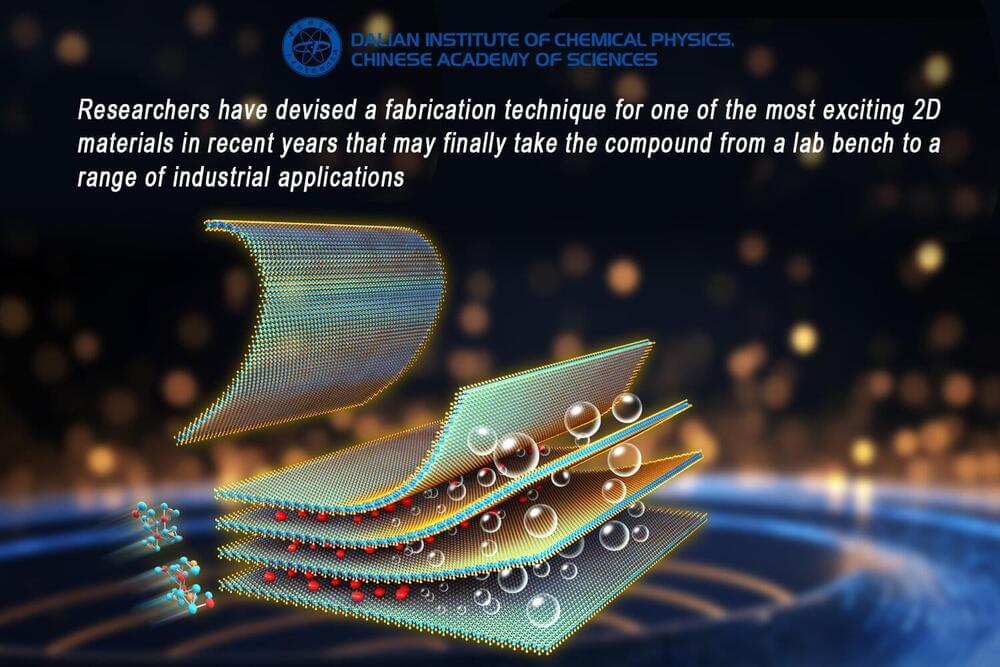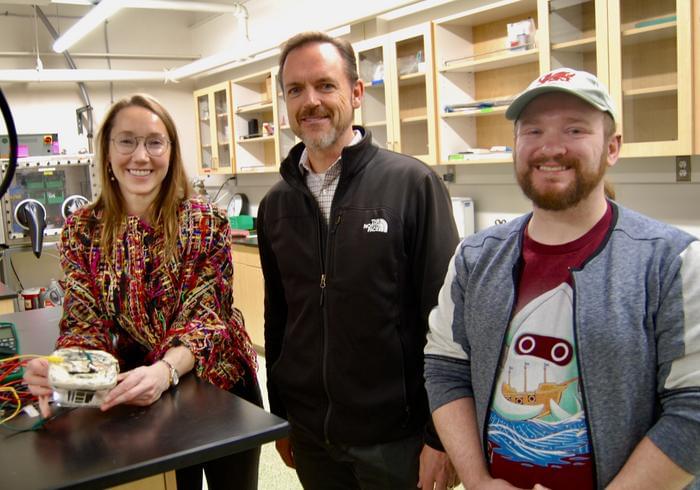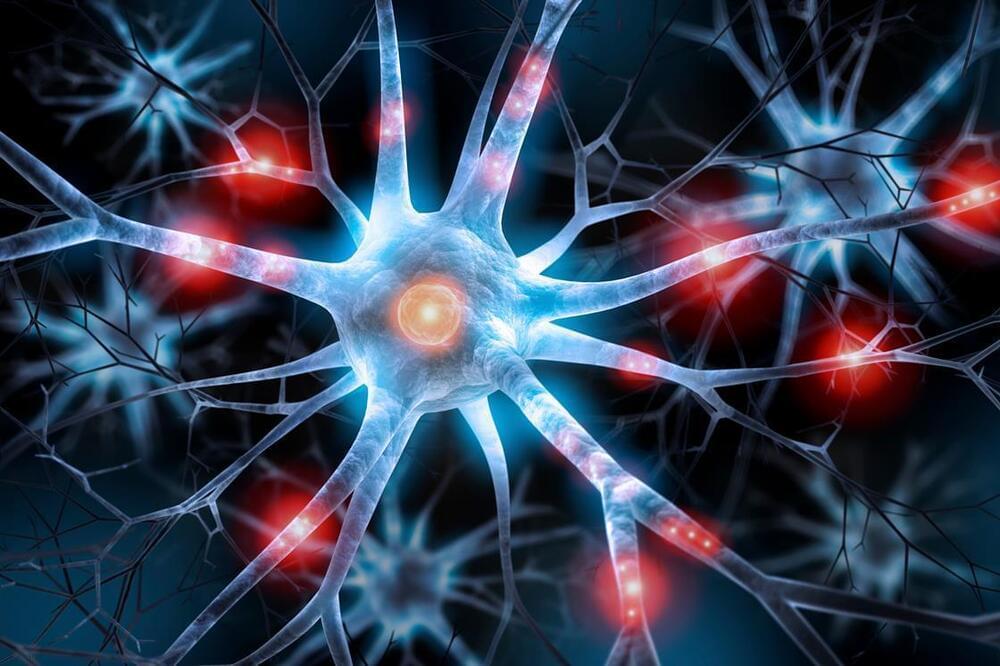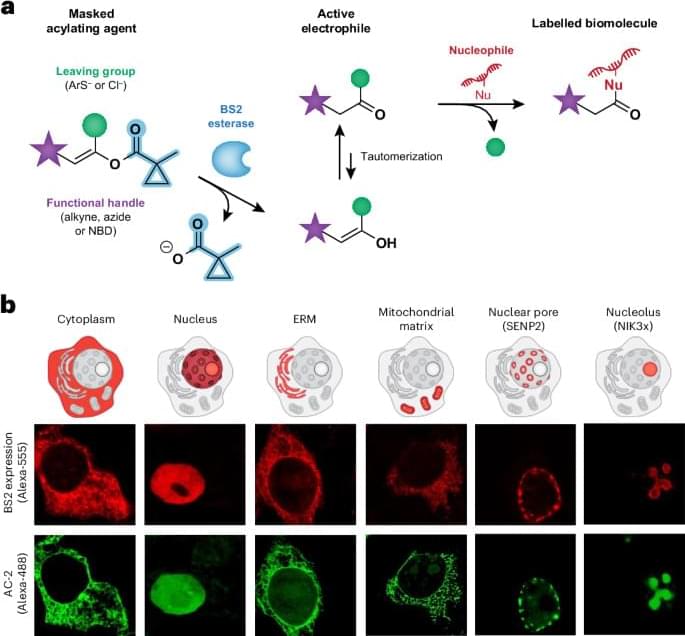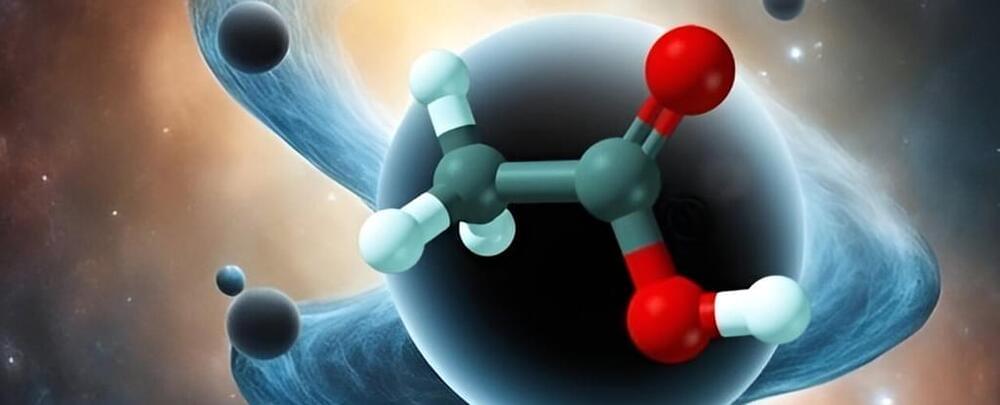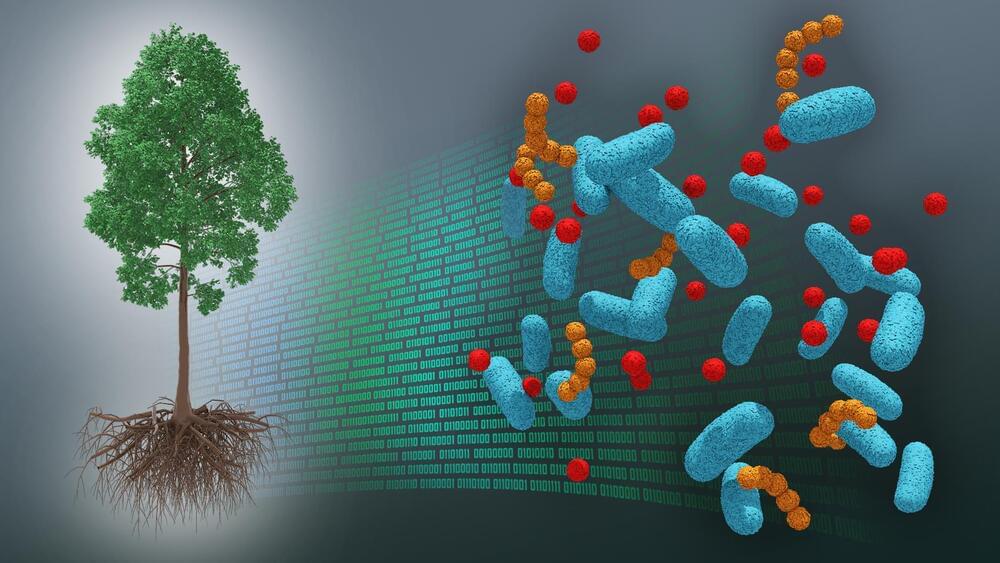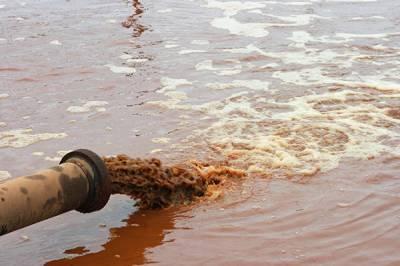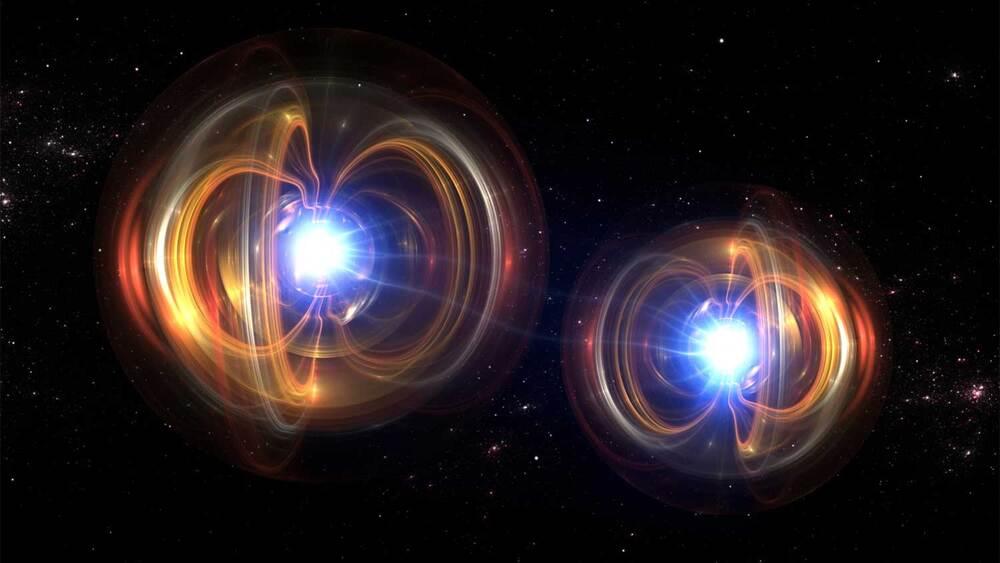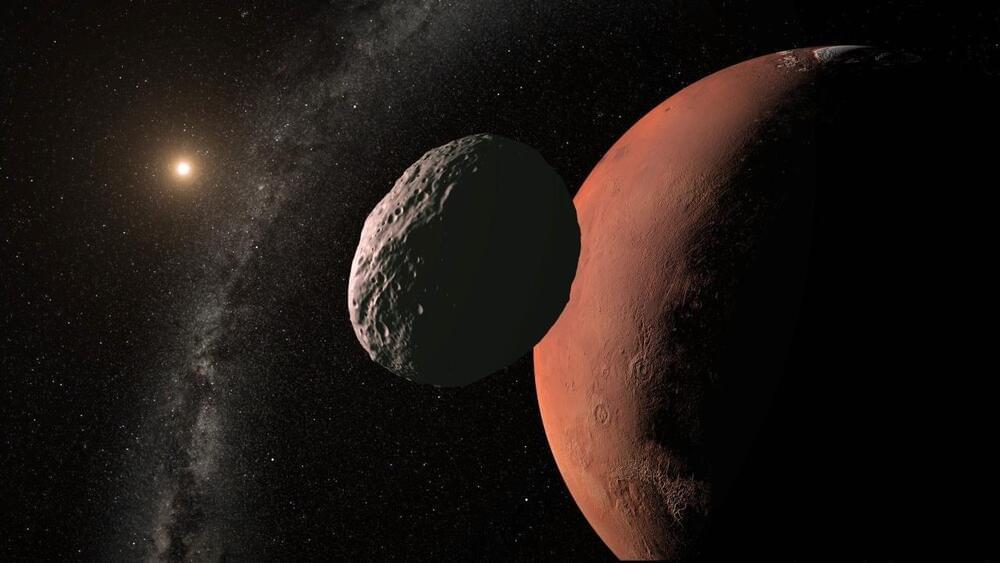Apr 11, 2024
Novel fabrication technique takes transition metal telluride nanosheets from lab to mass production
Posted by Genevieve Klien in categories: chemistry, particle physics
But a team of researchers has recently developed a novel fabrication technique —the use of chemical solutions to peel off thin layers from their parent compounds, creating atomically thin sheets—that looks set to deliver on the ultra-thin substance’s promise finally.
The researchers describe their fabrication technique in a study published in Nature.
In the world of ultra-thin or ‘two-dimensional’ materials—those containing just a single layer of atoms—transition metal telluride (TMT) nanosheets have, in recent years, caused great excitement among chemists and materials scientists for their particularly unusual properties.
